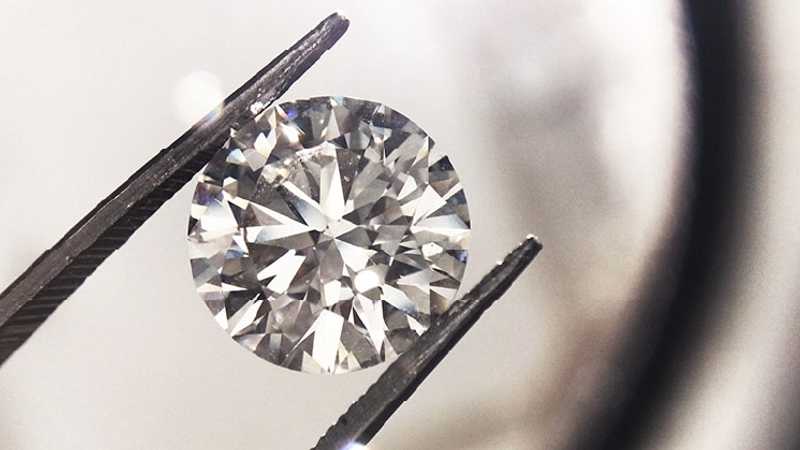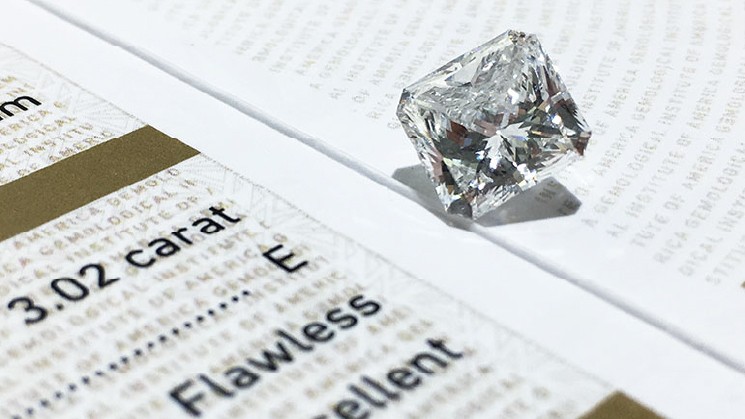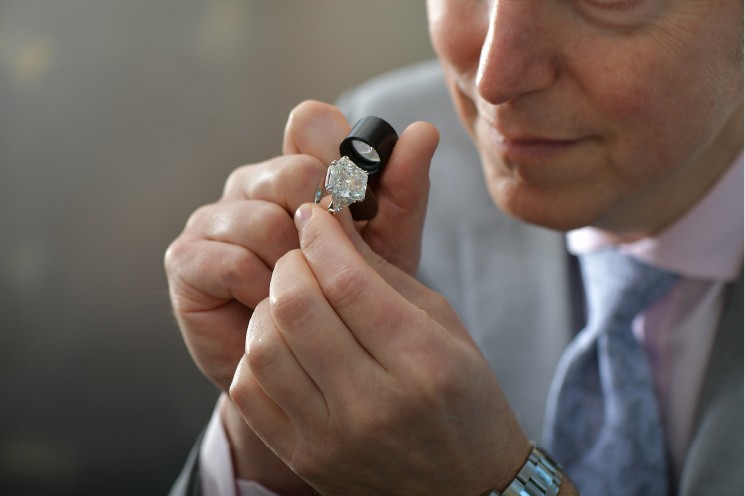What's the Best Diamond Clarity
What Does It Mean for Value?

What's the Best Diamond Clarity, and What Does It Mean for Value?
Diamonds are like snowflakes – no two are alike. These wondrous gems are unique in so many ways that it would be impossible to find two exactly the same. This is because each diamond exhibits its own unique markings, which occur naturally while the gemstone forms deep within the Earth’s crust. These identifiers are the diamond’s fingerprints, birthmarks, inclusions, or flaws. Whatever word you choose, the official term is “clarity characteristics”. Clarity is one of the 4C’s, and therefore an important factor in the valuation of a diamond. But what does diamond clarity mean, and how does it impact the value of your diamond?
What is diamond clarity?
Diamonds with Faint or Medium fluorescence can have the appearance of a slight haziness. Usually fluorescence is blue in color. Less often, a diamond can have yellow or even white fluorescence (other colors too). Diamonds with Strong - or Very Strong - fluorescence can appear quite cloudy, milky or hazy to the naked eye, and emit a prominent and saturated glow in the presence of UV light. Only about ten percent of all diamonds have some level of fluorescence.
Inclusions are natural flaws located inside the diamond and might be the result of overwhelming heat and pressure that the gemstone experienced during its formation. Other inclusions are the result of foreign materials getting caught in the diamond growth. Examples of inclusions are crystals, feathers, black carbon spots, and graining. Blemishes are flaws that appear on the outside of a diamond and are usually the result of human wear and tear. Blemishes include chips, abrasions, and surface scratches. When gemologists grade a diamond’s clarity, the size, type, number, and position of these imperfections all matter.
How is diamond clarity graded?
The Gemological Institute of America (GIA) follows a series of strict criteria for clarity grading, and it is all conducted under an industry standard 10x microscope. Diamonds which, without a loupe or a microscope, have undetectable imperfections are referred to by gemologists as eye-clean. These diamonds are more expensive because their flaws haven’t altered the stone’s natural beauty. Diamonds with large imperfections that are easily visible to the naked eye are less desirable. Their flaws have an impact on the look, and therefore the value of a stone. However, there are many diamonds which fall somewhere in between these two categories. Let’s explore all the different ways a diamond’s clarity can be graded below.

What is the best diamond clarity according to the scale?
Flawless, Internally Flawless, & Very Very Slightly Included Diamonds
Very Slightly Included & Slightly Included Diamonds
Included Diamonds
Clarity versus appearance

How are diamond clarity and value related?
If you want to know the value of your diamond, understanding its clarity is important. As mentioned above, the GIA is an excellent resource to grade your stone. But while a Diamond Grading Report is always helpful, it is not always be necessary when selling your diamond. CIRCA’s highly trained diamond buyers will assess each diamond for its color, cut, fluorescence, brilliance, symmetry, and of course, its clarity when making an offer. Evaluating the diamond visually is necessary to maximize the price for your diamond when you’re ready to sell. And with our international sales network of important diamond collectors, CIRCA is able to offer the absolute best prices and immediate payment for the diamonds you wish to sell. Schedule a visit at one of CIRCA’s 20 office locations worldwide and discover the price your diamond’s been looking for.